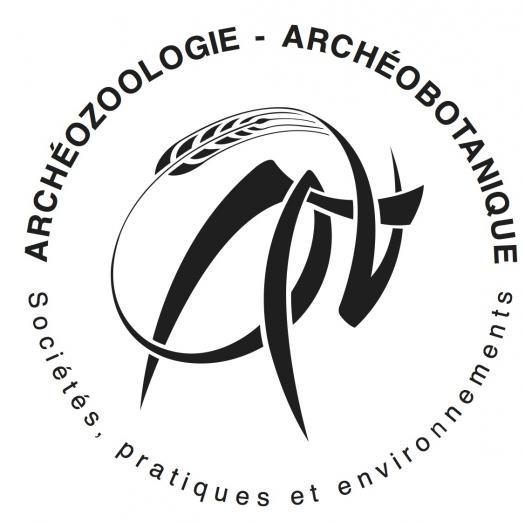The Last Interglacial interval (128 to 116 ka) is a remarkable deep-time analog for temperature and sea-level conditions as projected for 2100, that had not been documented in the equatorial Atlantic thus far. Here, we report hyperdiverse fossil communities of coastal marine and mangrove affinities, dating back from this interval and unearthed at the Europe’s Spaceport in Kourou, French Guiana.
Here, we report foraminifer, metazoan (mollusks, bony fish, bryozoans, decapods, and sharks among others), and plant communities of coastal tropical marine and mangrove affinities.These communities include ca. 230 recent species, some being endangered today and/or first recorded as fossils.
Mollusk assemblages suggest stronger ecological affinities between Guianas and the Caribbean than today. Grassland-dominated pollen, phytoliths, andcharcoals from younger deposits in the same sections attest to a marine retreat and dryer conditions during the Last Glacial Period (100 to 50 ka). These records provide key ecological and biogeographic information about Late Pleistocene tropical coastal ecosystems prior to human influence.


